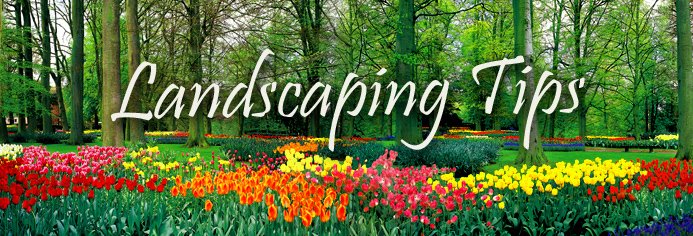I see beautiful landscape designs all around me. And the grass is truly greener on the other side! My neighbor has a pool with a beautiful patio surround completely landscaped with shrubs, bushes, and trees. My other neighbor has an outside patio surrounded by shrubs with beautiful trees towering overhead and a nice, canvas awning-covered patio for eating and entertaining. My house has a couple of trees in a flat, grassy yard. My problem is that I can see a good landscape design, I just don't know how to create a nice-looking landscape design for myself.
So, I have begun looking through landscape books, taking notes about what I like about other people's yards, and have started sketching some ideas. I know one thing I would like to have in my landscape design is a water feature and some rocks and river stones. I saw some pictures where someone created a "stream" of rocks and built a beautiful wooden bridge over this stream. Even though no water was flowing, the rocks created the look of a dry streambed and the bridge added to the realism of this dry water feature.
Another thing I like is flowering trees. So I am planning on adding some decorative flowering cherry trees like a couple of dogwoods, and perhaps a flowering crab apple or two. These trees come in different colors including white, pinks, and reds which will add a lot of visual interest to my new landscape. I know it will take a few years for all these trees to reach maturity but I have to start sometime. The sooner the better so they have a chance to grow!
Once I have my plan finished, I will be heading off to my local nursery to buy my plants. I like my local nursery because they have a one-year warranty on all of their plants. If the plant doesn't survive the first year, they will replace the plant free of charge. This is added security when designing and building your own landscape. The other reason I am using my local nursery is that they offer free delivery. With the amount of stone and rock that I need, free delivery is an added bonus.
So I am well on my way to achieving the landscape of my dreams! It will take several years for things to mature, but with some good sketches I know what it will look like eventually. Right now I need to get to work planting, weeding, and mulching to help my new year turn into my very own, personal Garden of Eden.
| Dean Novosat writes about landscaping http://www.landscaperexpert.com Article Source: http://EzineArticles.com/?expert=Dean_Novosat |






